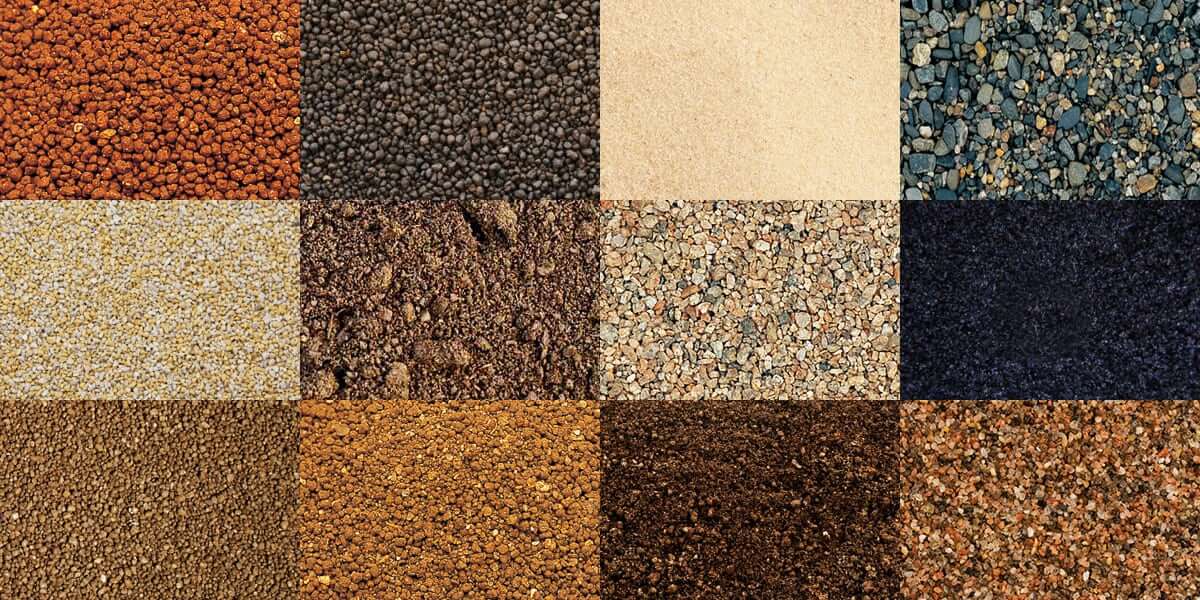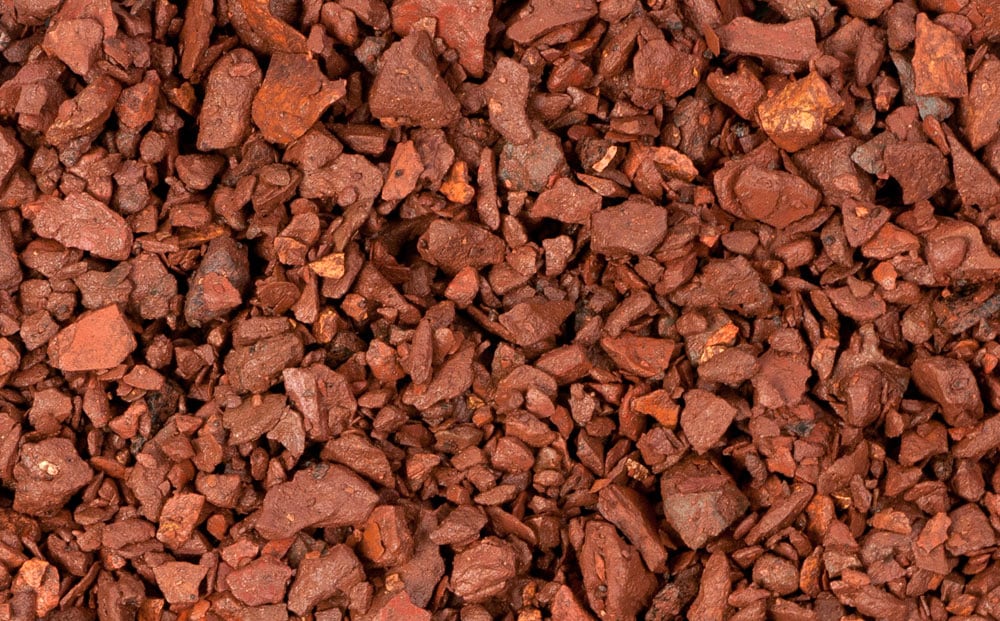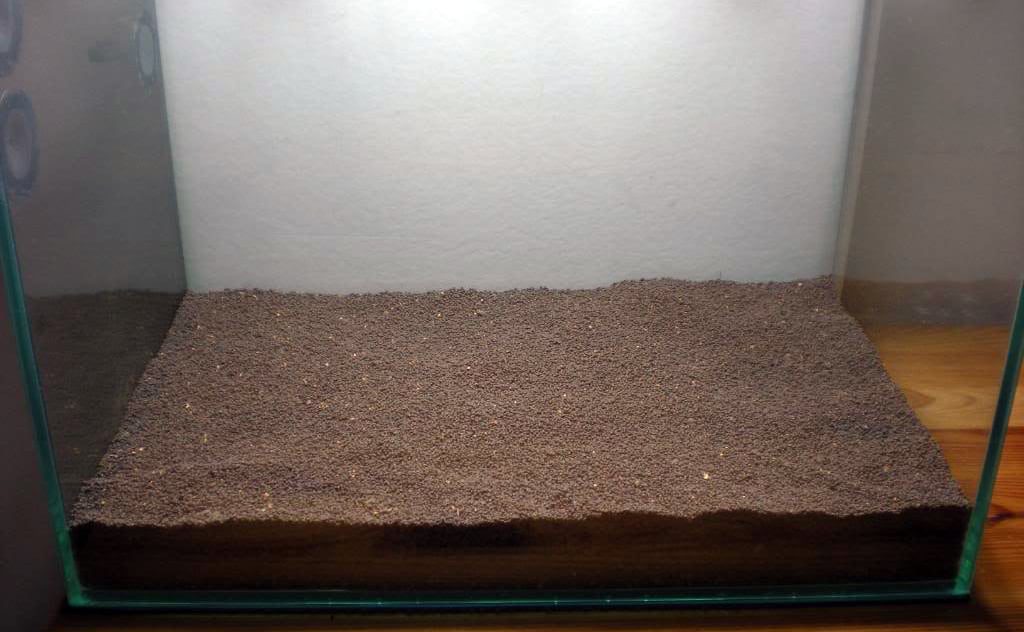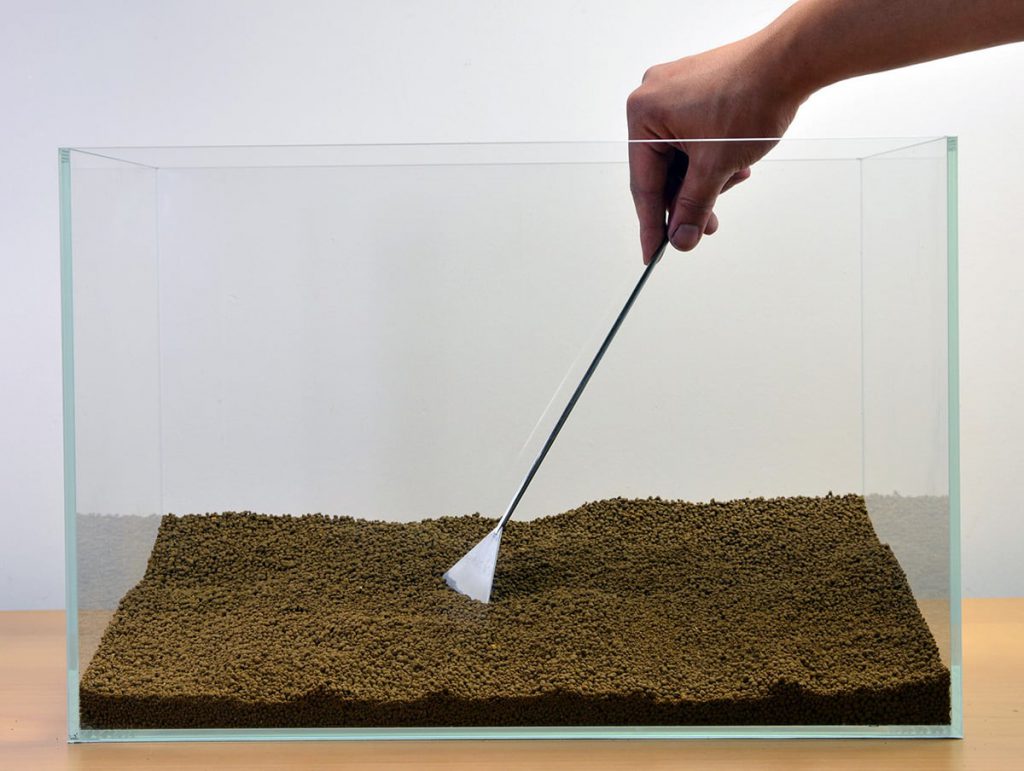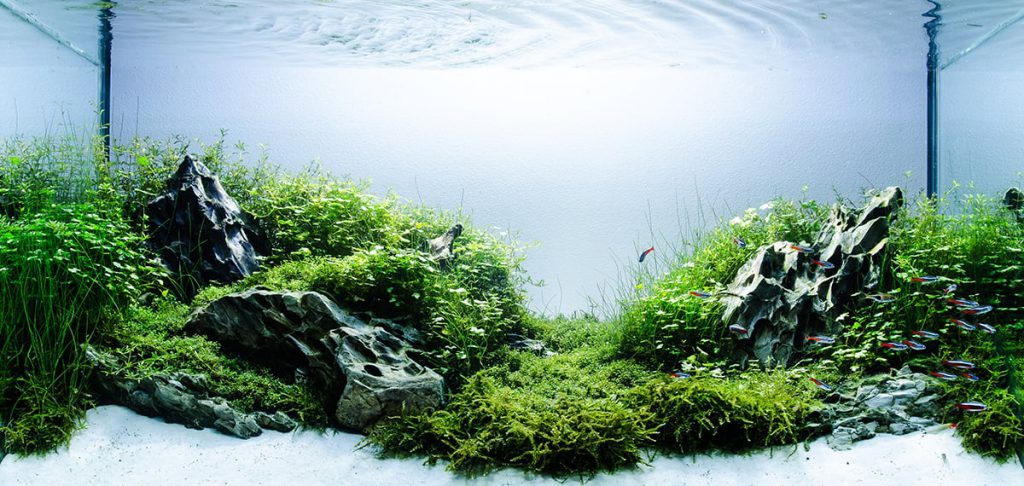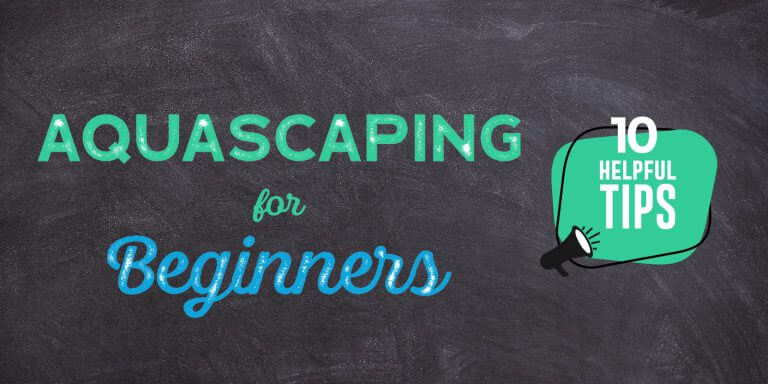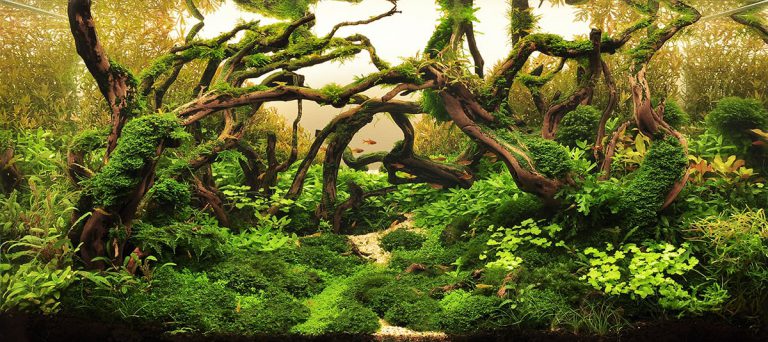In the aquascaping world, there are infinite choices regarding aquarium substrate: you can use clay, gravel, sand, ADA’s Aqua Soil and many others. In aquascaping especially, your substrate will be fundamental for your end result. Why?, you might ask…
Well, let’s ask a few questions first:
1. You want to use big, beautiful rocks in your planted tank? A good substrate will help you alleviate the stress on the glass, prevent cracking and make the rocks look more natural.
2. Do you want big, strong, lush plants and healthy fish swimming by? The proper aquarium substrate will help you nourish your aquatic plants and create the necessary chemical balance for both fish and plants.
What Does the Aquarium Substrate do?
Supports
A good, healthy aquarium substrate is fluffy and condensed, allowing for proper nutrient circulation and root penetration. For that you must take care with the size and shape of the substrate’s particles.
If the particles are too small, large-type plants (like Anubias or Swordplants) will not be able to get a very good hold with their roots in the substrate and will float away very easily if disturbed. A 2-5 mm size aquarium substrate is recommended here.
If they are too big, they will make rooting difficult for small, carpeting-type aquarium plants (like HC Cuba); these will do very well with 1-2 mm size substrate.
Also, if your particles are too coarse and sharp there is a good chance that they will hurt your plants and irritate/injure your bottom-type fish (like Corydoras).
An Aquarium Substrate Nourishes
Well, just like terrestrial plants, aquatic ones also take most of their nutrients through their roots. You will find many uses and recipes for a properly made aquarium substrate. However, you will distinguish that aquascapers go either for the Walstad method, or the complete, all-purpose solution.
The Walstad method is basically recreating as closely as you can the biological, chemical and mechanical conditions found in nature. It usually involves a compound aquarium substrate, like clay-soil-gravel, where one material provides filtration, another provides the nutrients and is home for useful bacteria that breaks down detritus into plant food; and the last one will act as a sealing material. The sealing material is very important, otherwise the soil will contaminate and unbalance your tank’s water.
The complete solution doesn’t need much preparation and layering, just simple pouring into the tank. They work very well, plants grow very fast and healthy, but have a major drawback.
Just like potting soil, they get depleted after a couple of months and must be changed periodically. Takashi Amano recommends the changing of the ADA Aqua Soil at least once a year (though have been cases when people reported continued use of the substrate for 5-6 years without any inconvenience or drop of quality).
A thing to look for is the substrate’s CEC, short for Change Exchange Capacity. It measures the capacity of the aquarium substrate to hold nutrients and make them available to the plants’ roots.
The Aquarium Substrate Creates Balance
The aquarium substrate can be inert (gravel, sand, clay, etc.) or it can be active and directly affect the pH and KH (carbonate hardness) of your water like fluorite, soil, crushed coral, peat, etc.
For example, crushed coral is known to raise the pH and KH (perfect for some types of cichlids or a saltwater tank), whilst peat moss (decomposed moss matter) is known to lower the pH.
The size of the particles can also affect the water chemistry: large particles allow more uneaten food and waste to slip by, leading to the growth of your ammonia and nitrite levels. Fine-grained substrates can become compact, leading to areas that lack oxygen, promoting growth of anaerobic bacteria and the apparition of hydrogen sulfide gas pockets (very toxic).
Creates an Aesthetic Look – Very Important in Aquascaping
Aquarium substrates come in a lot of varieties, colors, shapes and composition; they can range from all-natural looking to vivid and bright colored (not recommended).
This choice is entirely on you and your preferences, but you might want to consider a few things, like how a dark substrate will make light-colored fishes really stand out.
Or how a bright substrate will make your dark-colored fish look really good and “enlarge” a small tank, creating a sense of space perfect for nano aquascapes.
For a natural look, go for a “decreasing in size” arrangement of the aquarium substrate, scaping the focal points of the tank (rocks, wood, etc.) with large size material (2-5 mm) and the edges with much smaller gravel (1-2 mm).
What Choices of Aquarium Substrate are there?
Aquarium Substrates that are Best Used in Pairs and/or Layers
Gravel, Sand
The most common of aquarium substrates, they give a natural feel and come in various sizes and colors. Are usually inert and with a low CEC.
Crushed Coral, Limestone, Marble, Oolitic aragonite
Raises the pH and KH in the aquarium; recommended for African cichlids and saltwater tanks; due to its light coloration it shows dirt really well.
Peat (decomposed plant matter)
Softens the water pH, good CEC. Contains nutrients for plants and can prevent algae growth. Gives the aquarium a tea-like colour, due to its high content of tannins.
Laterite
Clay-based substrate with a good track history. Has very good CEC and it is very rich in Iron, but not so in other nutrients. Must be used combined with plain gravel and rinsed thoroughly before applying.
Aqua Soil
Excellent for plant growth with very good CEC. If not careful, it may become compact, create circulation problems, and alter the water chemistry. Best used with a layer of gravel or sand on top.
One-layer Type Aquarium Substrates
Onyx
Good for hard water setups, has a beautiful black color and it is easy to plant into. It has limited amount of fertilizer (mostly Calcium and Magnesium) and limits your plant choice due to its hardness. Seachem brand Onyx substrates are the best-known available.
Clay
Very good for biological water filtration; has very good CEC, extracting the ammonia from the water and giving it to the roots of the plants. Has no original nutrients and may turn to sludge over time.
Flourite is a clay-based aquarium substrate with high iron content; has little nutritional value for the plants and is not recommended for plants with delicate roots.
CaribSea EcoComplete and ADA Aquasoil has perfect color, texture and grain size. They provide high levels of nutrients and perfect water chemistry for plants and fish. They can decade over time, in nutrients and texture, with some varieties breaking down and turning to mush. It’s recommended to change them once a year.
Akadama
Akadama (meaning red ball) is a volcanic clay that it is used mostly by bonsai growers, but some aquarists have taken a liking to this aquarium substrate as well, due to its ability to retain water and nutrients (which implies very good CEC). Provides very good water circulation thanks to its porosity and lowers the pH and KH in the water.
How to Apply an Aquarium Substrate
Complete aquarium substrate are simply poured in the tank and arranged according to your tastes. If you use a fertilized substrate like ADA Aquasoil you will have to wait a couple of weeks before you add any fish.
In that time your ammonia and nitrite levels will spike up, making water uninhabitable for fish, but suitable for the growth of the planted aquarium’s useful bacteria. This period of time usually ends in a 1.5 – 2 weeks, but make sure to check your ammonia and nitrite levels before you add any fish in your tank.
Compound aquarium substrates, on the other hand, go a little differently. First, you use a layer with good CEC, like peat, soil or clay. Then you use a large grain substrate, 3-7 mm in size, as a sealing substrate, to not let the nutrients escape in the water.
Lastly, you top that off with small-size gravel (1-2 mm) or just sand. This is a pretty inexpensive method and can provide long-term balance in your water chemistry and excellent plant growth if done right, turning detritus to plant nutrients on a long-term basis.
As a conclusion, you can see that the aquarium substrate has a great impact on your planted tank, short and long-term alike. It has an effect on your plants, fish, water chemistry and the overall design of your aquascape.
We hope that referencing to this article will help you make an informed decision and create a beautiful aquascape which you will truly enjoy.
Enjoyed this article? Spread the word by sharing it with your friends!

